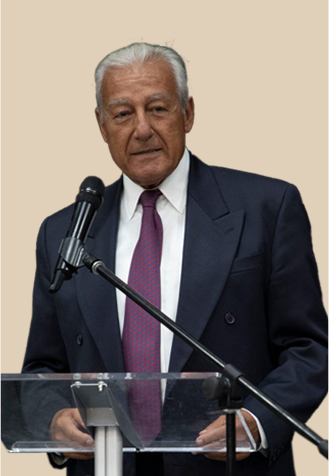The Basics:
Learn, read. There is no substitute for serious study. Many excellent resources are now available. Arab history and culture is an intrinsically interesting topic. ©heck the book catalogues on the websites of Interlink or the Washington Report on Middle East Affairs, or contact the ADC Education Department.)
Reach out to the Arab-American community: Invite Arab-American parents and others to give presentations to classes; plan field trips to Arab American community institutions. Reach out to Arab-American educators. Ask ADC if there is a local ADC chapter in your community. Attend Arab-American speakers, films, forums, and community events. Develop relationships with Arab-Americans community leaders. Really “getting it” is a slow process of cultural osmosis. There is no substitute for personal contact.
Consciously integrate Arab materials into all classes at your school: American and world history, literature, music, geography, math and science history, government and democracy, sociology, current events, cooking, reading, and so forth.
Teach students to appreciate the Arab world — one of the great cultures when Europe was still a backward, under-developed region on the periphery of world civilization. Study how the efflorescence of the European later Middle Ages and Renaissance was made possible in part through trade, cultural and scientific links to Arab-Islamic civilization. Celebrate the values found in the contemporary Arab world: families ties, hospitality, ethics and morality, community. There is poverty in Cairo, for example, but little street crime or violence. The streets are safer than in many U.S. cities.
Recent Posts
Action Alerts

Your support means everything. Your gift protects rights, builds community, and fights hate. Let’s move forward together.
